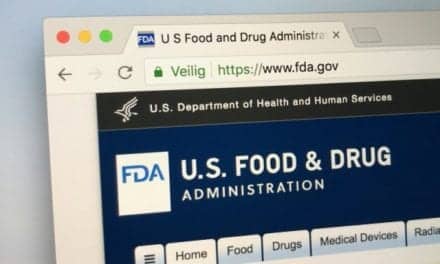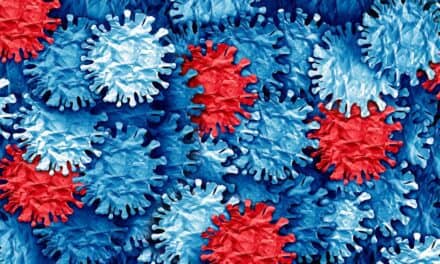Scientific understanding of SARS-CoV-2 is evolving rapidly, and recommendations for optimal testing need to stay up-to-date. The Centers for Disease Control and Prevention has issued guidelines on the use of serologic tests to determine protective immunity and infectiousness among persons recently infected with SAR-CoV-2. The guidelines will be updated as new information becomes available.
Summary
Serologic methods have been developed and will have important public health and clinical uses to monitor and respond to the covid-19 pandemic.
- Serologic assays for SARS-CoV-2 now have emergency use authorization by FDA, which has independently reviewed their performance.
- Currently, there is no identified advantage of assays whether they test for IgG, IgM and IgG, or total antibody.
- It is important to minimize false-positive test results by choosing an assay with high specificity and by testing populations and individuals with an elevated likelihood of previous exposure to SARS-CoV-2. Alternatively, an orthogonal testing algorithm (ie, employing two independent tests in sequence when the first test yields a positive result) can be used when the expected positive predictive value of a single test is low.
- Antibodies most commonly become detectable 1 to 3 weeks after symptom onset, at which time evidence suggests that infectiousness likely is greatly decreased and that some degree of immunity from future infection has developed. However, additional data are needed before modifying public health recommendations based on serologic test results, including decisions on discontinuing physical distancing and using personal protective equipment.
Read more from CDC.
Featured image: An entrance to the United States Centers for Disease Control and Prevention headquarters in suburban Atlanta. Photo © Wellesenterprises, courtesy Dreamstime (ID 32543169).





